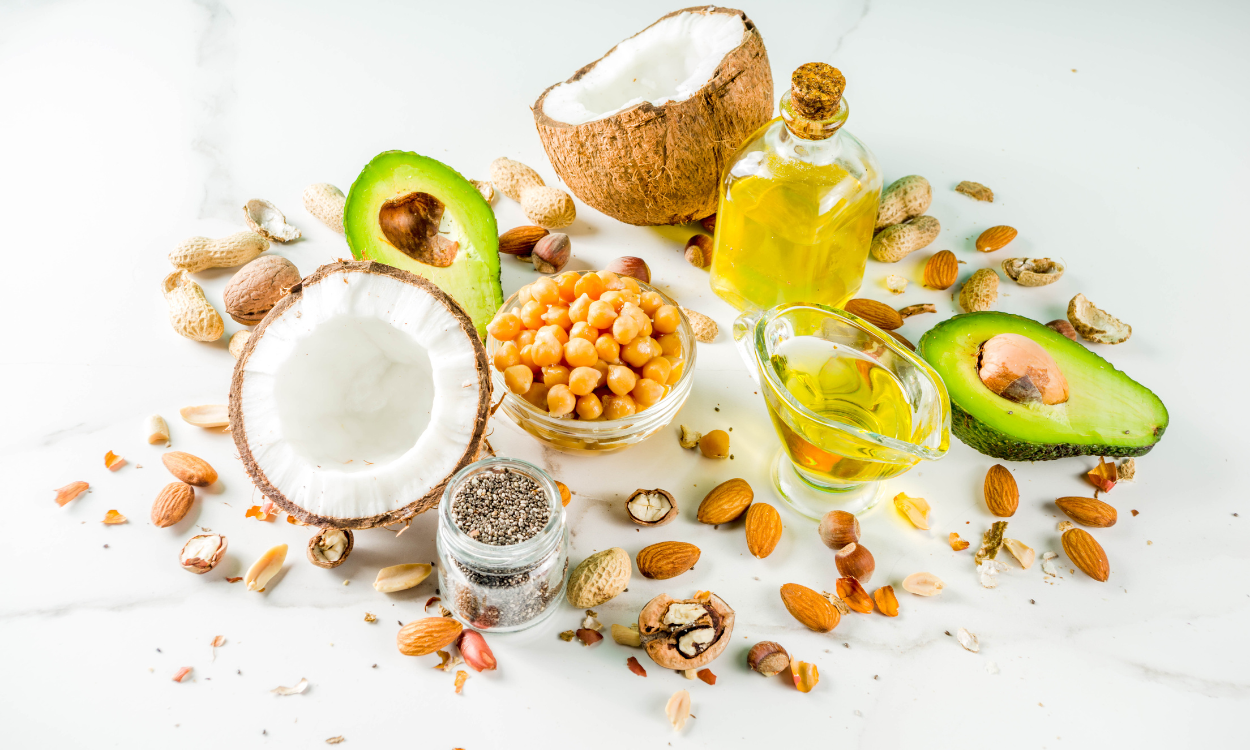Protein extraction from seeds is a commonly used protocol in biochemical research, particularly in the field of plant biology. This process involves isolating and purifying proteins from seeds to study their structure, function, and potential applications. By following a standardized protocol, scientists can efficiently extract proteins, removing unwanted contaminants and preserving the integrity of the extracted proteins. This procedure is crucial in understanding the role of proteins in seed development, germination, and overall plant physiology. Moreover, protein extraction from seeds can provide valuable insights into their nutritional value and potential use in various industries such as food, pharmaceuticals, and biofuels.

What is the optimal temperature for protein extraction from seeds?
The optimal temperature for protein extraction from seeds depends on the specific seed species and the desired outcome of the extraction. Generally, temperatures between 4 to 10 degrees Celsius are commonly used for cold extraction methods, which help preserve the native structure and functionality of proteins. On the other hand, higher temperatures around 50 to 60 degrees Celsius can be employed for hot extraction methods that aim to maximize protein yield but may result in some denaturation or degradation of the proteins. Ultimately, the choice of temperature should be based on the characteristics of the seed and the intended application of the extracted proteins.

How does the pH of the extraction buffer affect protein yield?
The pH of the extraction buffer can significantly impact protein yield. Proteins have different solubilities and stability at different pH levels. The extraction buffer's pH affects the ionic charge on the proteins, which in turn affects their solubility and ability to bind to other molecules. Therefore, choosing the appropriate pH for the extraction buffer is crucial to optimize protein solubility, stability, and yield.
Are certain types of seeds more suitable for protein extraction than others?
Certain types of seeds may be more suitable for protein extraction than others due to their higher protein content, better protein solubility, and fewer interfering compounds. Seeds like soybeans, peas, and lentils are known to have high protein content and good solubility, making them ideal candidates for protein extraction. Additionally, these seeds often have fewer anti-nutritional factors that can interfere with the extraction process, resulting in higher yields of extracted proteins.
What is the best method for disrupting seed cell walls to release proteins?
The best method for disrupting seed cell walls to release proteins would be enzymatic hydrolysis, which involves the use of specific enzymes that can break down the complex carbohydrates and proteins present in the cell wall. This process allows for controlled and efficient release of proteins without damaging their structure or function. Additionally, enzymatic hydrolysis can be tailored to different seed types and desired protein targets, making it a versatile and effective method for protein extraction from seeds.
Can different extraction solvents enhance protein extraction efficiency?

Yes, different extraction solvents can enhance protein extraction efficiency. The choice of extraction solvent can significantly impact the ability to extract proteins from a sample due to differences in their polarity and interactions with proteins. Solvents with high polarity, such as water or buffer solutions, are commonly used for protein extraction as they can disrupt protein extraction from seeds protocol hydrogen bonds and ionic interactions between proteins and other molecules. Additionally, organic solvents like methanol or acetonitrile can be used to extract hydrophobic proteins by disrupting lipid-protein interactions. Therefore, selecting an appropriate extraction solvent based on the nature of the proteins and the sample can improve protein extraction efficiency.

Does the duration of extraction impact the quality and quantity of extracted proteins?
Yes, the duration of extraction does impact the quality and quantity of extracted proteins. Longer extraction times can lead to a higher yield of proteins as more time allows for better solubilization and release of proteins from the sample. However, prolonged extraction can also result in the degradation or denaturation of proteins, thus reducing their quality. Therefore, it is important to optimize the extraction time to achieve a balance between maximizing protein yield and maintaining their structural and functional integrity.
How do different storage conditions affect the stability of extracted proteins?
Different storage conditions can have a significant impact on the stability of extracted proteins. Factors such as temperature, pH, and presence of proteolytic enzymes can affect the structure and function of proteins. Higher temperatures can lead to protein denaturation and unfolding, resulting in loss of their native conformation and activity. Extreme pH values can also disrupt the electrostatic interactions and hydrogen bonding within proteins, leading to their destabilization. Furthermore, the presence of proteolytic enzymes in storage conditions can result in protein degradation and loss of functionality. Therefore, it is crucial to store extracted proteins under appropriate conditions, such as low temperatures, neutral pH, and absence of proteases, to ensure their optimal stability and functionality.

Are there specific enzymes or additives that can improve protein extraction yields from seeds?

There are enzymes and additives that can enhance protein extraction yields from seeds. Enzymes such as cellulases, proteases, and pectinases can break down cell walls and release proteins trapped within the seed matrix, resulting in increased extraction efficiency. Additionally, additives like surfactants and detergents can aid in solubilizing proteins and reducing their interaction with other components in the seed, further improving extraction yields.
Protocol for Protein Extraction from Seeds
In conclusion, the protein extraction protocol from seeds provides a valuable and efficient method for isolating proteins from various seed sources. This protocol offers a clear step-by-step procedure that ensures the highest yield and purity of extracted proteins. By following this protocol, researchers can obtain valuable insights into the composition and functional properties of seed proteins, which can have numerous applications in the fields of food science, biotechnology, and medicine. Furthermore, this protocol can serve as a foundation for further studies on seed proteins, enabling scientists to explore their potential uses and benefits in various industries. Overall, the protein extraction protocol from seeds is a crucial tool in the hands of researchers seeking to unlock the full potential of seeds and their protein content.
